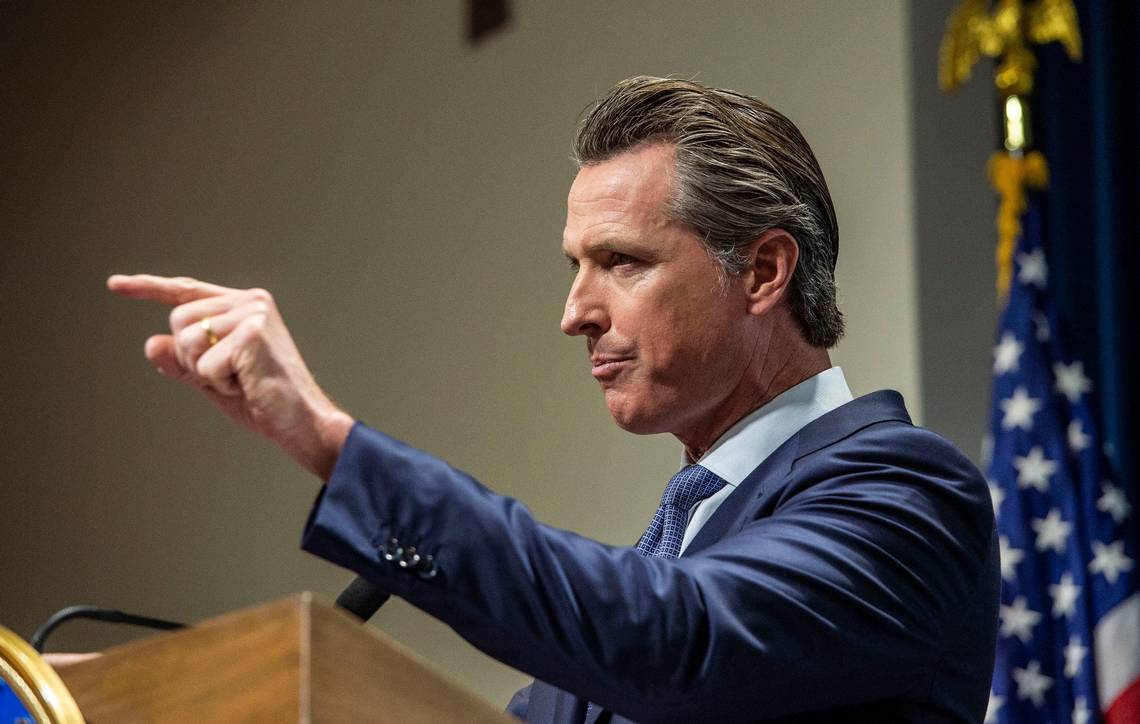While California Gov. Gavin Newsom reiterated that he would share all coronavirus data with the public that drove his state’s policy decisions, his administration has still refused to disclose key information in his most recent stay-at-home order.
State officials have argued that the data, which relies on a very complex set of measurements, would ‘confuse’ or ‘potentially mislead’ the public if they were made public. Over the last few months, Gov. Newsom has torn up his COVID-19 playbook and changed executive orders multiple times. He first handled the pandemic with a county-by-county approach before establishing a single measurement – ICU capacity – and creating five regions within the state.
California Health and Human Services Agency spokeswoman Kate Folmar added that the conditions cannot be boiled down to a ‘single data point’ and is based on multiple variables. ICU capacity is based on available beds and staffing that changes regularly. She said it would mislead and create greater uncertainty for Californians who don’t understand that.
David Snyder, First Amendment Coalition Executive Director, sees things differently and is urging the state to drastically change course. Others also requested a change in course since the state had said it was safe enough to go to Macy’s or Costco but not to step into your local church.
“The state is wielding extraordinary power these days — power to close businesses, to directly impact people’s livelihoods and even lives — and so it owes it to Californians to disclose how and why it makes those decisions. Secrecy is exactly the wrong approach here and will only breed further mistrust, confusion, and contempt for the crucial role of government in bringing us out of this crisis,” Snyder said.
Gov. Newsom and his Administration later changed from tracking five regions to a locally-focused tier system, which includes gray areas such as “equity component.” Officials enacted this to tackle racial health disparities in lower-income communities but had used weighted percentages to determine ICU capacity.
When a state would say 0% ICU capacity, it actually meant that the bulk of the patients there were COVID-19 patients, not that there were no ICU beds. If a region’s ICU capacity fell below 15%, then there would be a regional approach to shutdowns. During the most recent stay-at-home order, most region’s capacity were well below 15% but within a day, the order was lifted for the 13-county Greater Sacramento area.
@GavinNewsom doesn't want to confuse the public with transparency. https://t.co/zhGi2yWKl7
— American Conservatives (@AmConservatives) January 24, 2021
Just like that, outdoor dining, hair salons, small businesses, and worship services are okay to operate again. Nobody seems to be talking about how terrifying of a view the Democrat Party holds in thinking that Californians aren’t smart enough to understand the data. What is Gov. Newsom really hiding?


